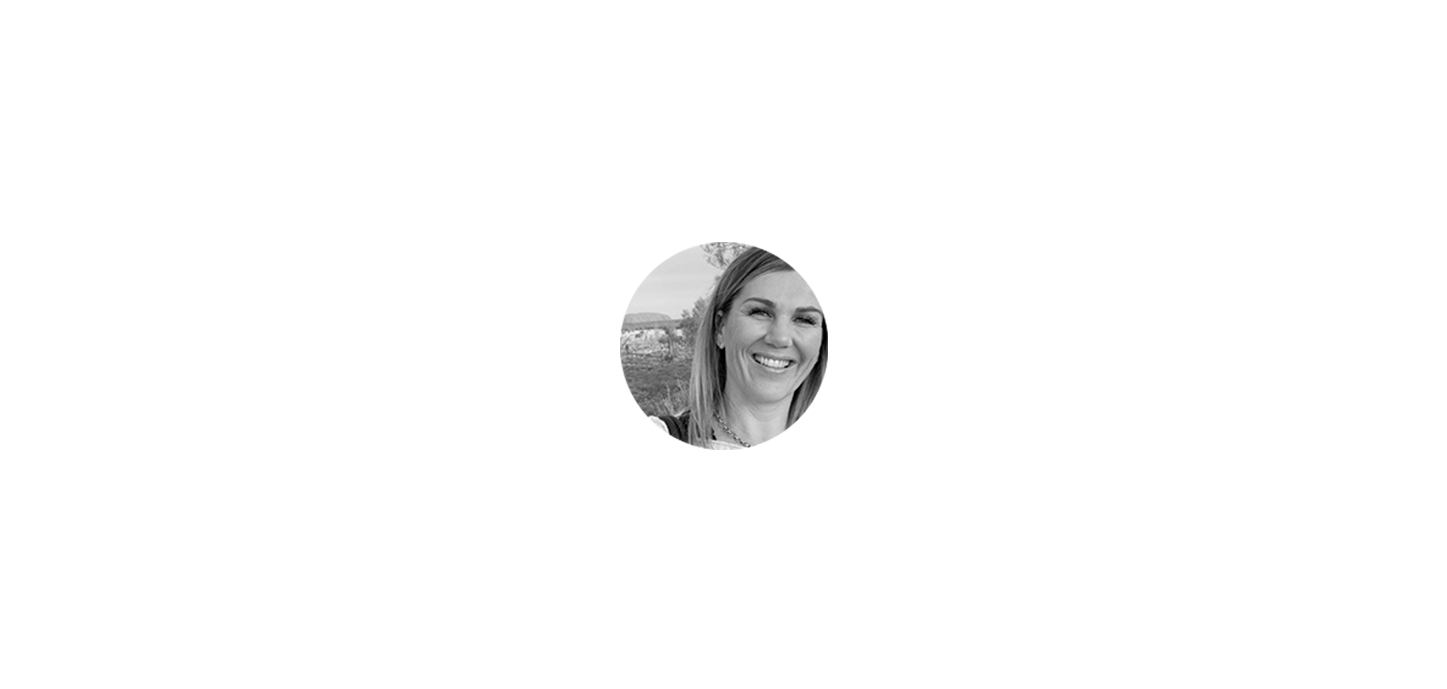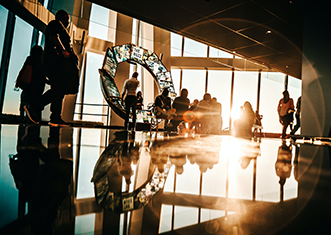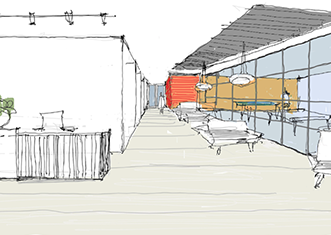OpEd: Sophie Hay
adrianse* studio
Sydney, Australia.
One thing that we know to be irrefutably true even in our current altered state, is that language is ambiguous! So when people start bandying around terms like the word 'Hybrid Model' in relation to office space what do they mean and how would it effect us? Apart from the mad scramble to Office Works and making sure you had high speed internet, how bad could it get.
Right? Wrong. For a start we were not all even on the same page when it came to the definition, let alone the manifestation of Hybrid work.What we did know was that there would be a lot of conference calls, initially, Zoom until someone figured out that, like our initial spike in productivity, it wasn't going to last.
After the novelty of wearing your pj's from the waist down wore off we got tired of not being able to collaborate, to have those impromptu "ah ha" moments as we passed each other in corridor on our way to grab a meeting room or even to get a coffee from our friendly barista downstairs.
Our enthusiasm, our productivity and our ability to innovate began to decline and so from a top down bottom up perspective we all began to rethink what an office space could be, do, have!
We even managed to get past command and control and started inching towards collaboration and trust as we thought about how we would work differently at home and in the office. Even if you are one of the work from home 4 days a week I am sure we can agree that the office is getting a makeover. This is demonstrated in ALL of the work we are doing for our clients who are now more than ever realising the value of the employee FIRST and what it means to business efficiency and productivity to ensure those staff that do want to work from the office have the ability to do so in a better environment. A place where a better, more well you is enabled as a result of understanding exactly what that looks like.
Enter the new hero Workplace Strategy and Design!
"It is about workplace flexibility. It's about giving our associates the opportunity to be who they are as an individual, whether that is a community member, a spouse or parent, or anything in between." - Amy Freshman
Senior Director of Global Workforce Enablement at human resources giant ADP.
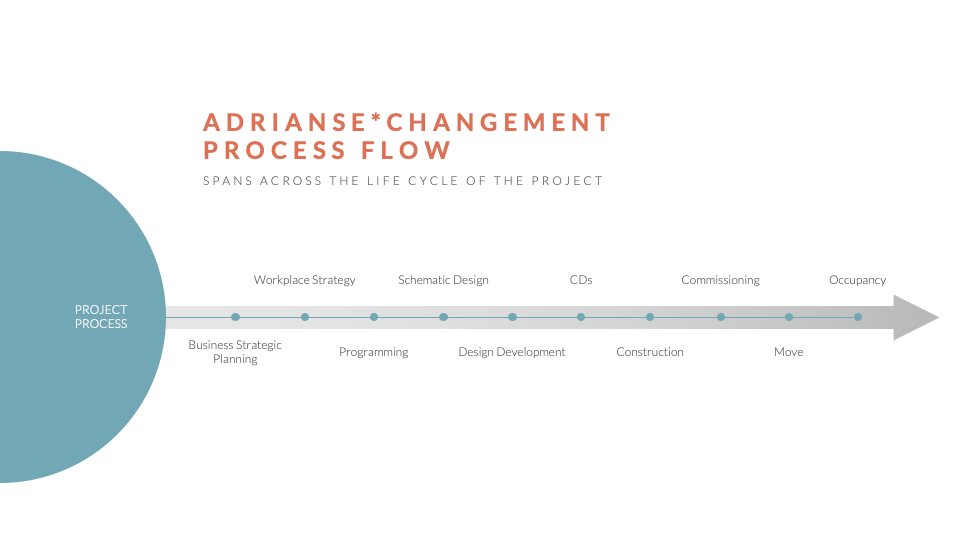
Even though we find ourselves in the toughest of times I can only suggest that we embrace our new HERO's with a sense of gratitude, as this pandemic has managed to do what we, as WPS and Designers have been trying to do for years; that is to put people at the heart of the solution.
We have seen "fads" come and go but what we are experiencing now is truly the future of work and it is here to stay! What is really interesting is that this new "Hybrid" model is not just about the original workplace and the need for us to rethink, reshape, redesign and re-invent behaviours, it is also about what our second or third place work environment looks like and how that fits like a hub and spoke.
Every scintilla of research that you can get your hands on will tell you the same thing and that is, given a choice no one will return to the "old" office 100% of the time. What the research is not telling us is that in order to get any innovation people have to be face to face in an inspiring environment at least some of the time! So how do we make that happen? Easy, create destinations that are, (as Robert Palmer once said) Simply Irresistible!
We are at the forefront of a new era with the opportunity to rewrite the history books because we are the first cohort in history that will need to entice four generations of workers to come back together and collaborate for all of the reasons that are important to them.
We know that if you "can work from home you must." However, strategy and planning are "essential work" and that requires people to be collaborating in the same place at the same time at least some of the time.
To be effective, strategy and planning requires social connection to be fostered in a place where physical artefacts and visualisation support collaborative workgroups. If owners and occupiers work together to innovate and iterate the workplace, it will once again become the destination of choice, where face to face collaboration and decision making will add value to businesses and buildings simultaneously.
48% of people will work from home in an (iCORE) Independent - Collaborative Operational Remote Environments and as organisations shift to Collaborative Operational Remote Environments (CORE) employees will need new critical competencies and employers, new employee experience strategies.
Our cultural conventions are being tested, rules are unclear, behaviours are shifting, and culture is reactive. Our research is showing employee experience is much more central to the workplace, for profitability than ever. We need to embrace S.T.E.P change, related to Social, Technological, Economic and Political issues that demonstrate the ongoing value of physical workspace.<Source: CSI>
Incredible new first, second and third place workspaces are being designed to cater for the STEP's we need to take to make our new environments destinations by choice.
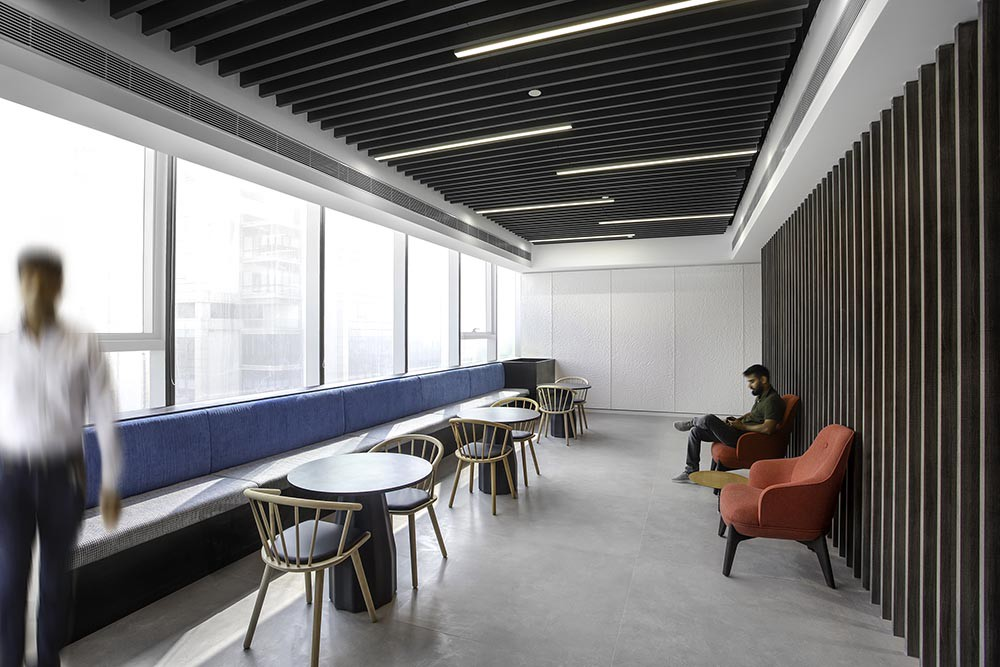
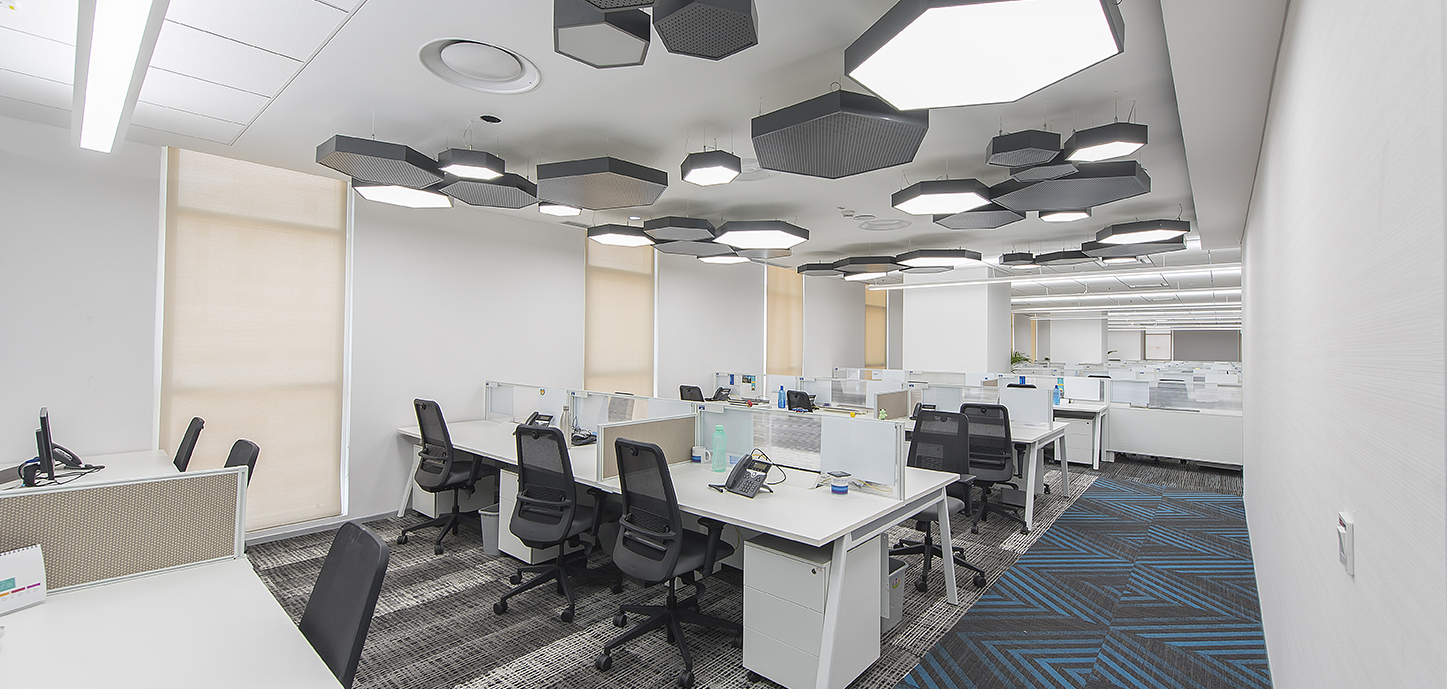
"One way to predict the future of work is to understand peoples remote work experience over the last year. Based on recent reports, one thing is clear: remote work has left an impression. The Limeade Institute's Employee Care Report 3.0 found that 100% of formerly onsite workers said they're anxious about returning to the office, 71% said they were concerned about less flexibility and 77% said they're worried about exposure to Covid-19."
Future of Work: What The Post-Pandemic Workplace Holds for Remote Workers'Careers - Bryan Robinson, Ph.D.
"So perhaps the question is not is the office space 'dead'? But more, what is the evolution of the 'new office space'? How can we evolve this space to create almost a new definition of office? " - we have seen the design and purpose of offices respond to the leading economic ideas, technologies and commercial enterprises of the time. The speed of that evolution is only intensifying"
Nicola Gillen - EMEA Workplace Sector Lead
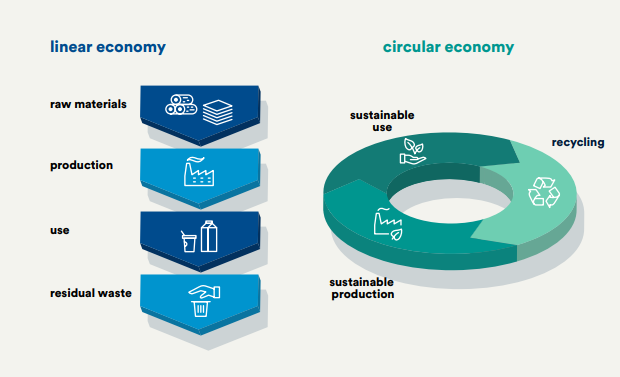
Primarily there are various factors that will contribute to the evolution of design. Perhaps the largest one - apart from additional individual areas that we now need to adapt to, and the role Technology will play in future design is designing to a Circular Economy. Both Buildings and Internal Spaces. Historically Office Design has used a Linear economy. We buy materials, resources, take advantage of natural elements and throw everything out when we are done. If the Pandemic, Climate Change and the rise of need in natural resources has taught us anything it is that we must embrace the things we have and re-use what we are able to. Good design, and sensible material choice is now a must in the new work environment. The rise of environmentally sustainable work environments, LEED accredited, 5 star rating systems and equivalent has now already led us to this new concept of Circular Economy. In reality again this has been a decade long process that is now driving and working hand in hand with the new leading designs.
In looking at this new future of design we must realise that Companies have now come to the conclusion that their People are their most important asset. As such this new office space that is being conceived is being done so in consultation with employees, Managers liaising and working towards the best common outcome for their teams. Innovative ways to bring teams together, change consultants and most importantly provide safe social interaction. There is no one way to bring this together but good design should certainly encompass many of the individuals wellbeing. Encouraging them to explore, touch, work, feel, express their own identity and have pride in the workplace. Relate and feel their company's values. This is after all the space where traditionally the majority of us have spent most of our time.
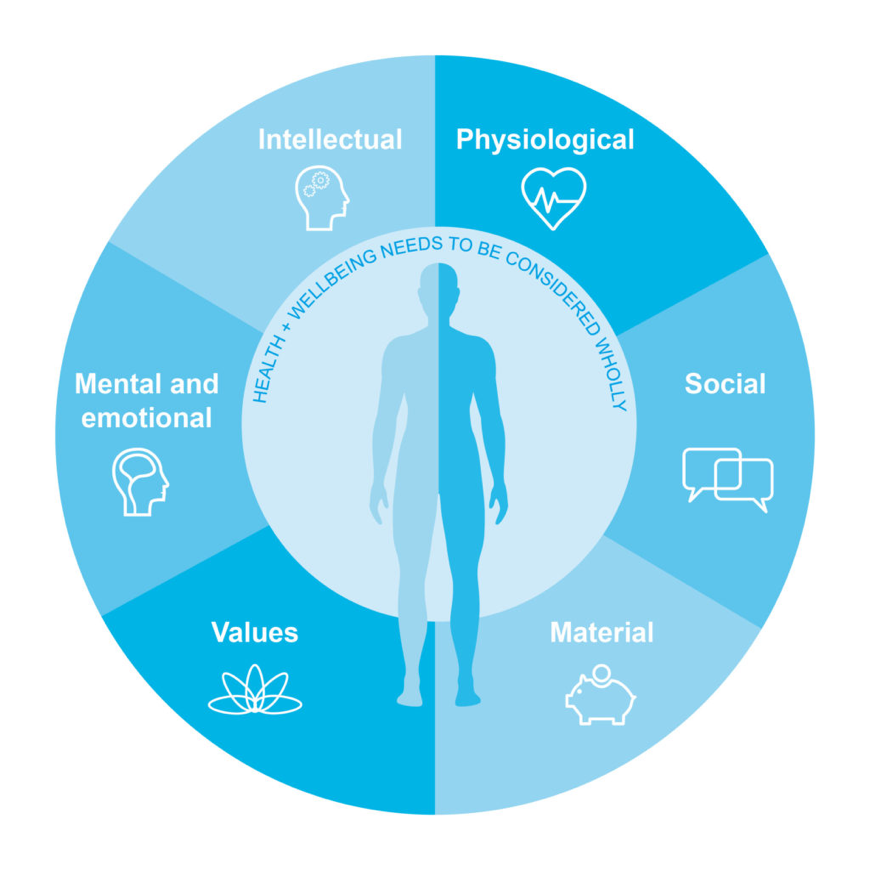
For example, AECOM's holistic wellbeing assessment at work embraces six dimensions of health: physiological (getting through our day-to-day work without undue fatigue or physical stress); psychological (support for our mental health and emotional balance); social (feeling connected and part of a community), intellectual (being able to use and develop our knowledge and skills to perform well), values (the match between the organisation's and the individual's values); and material (experiencing a sense of fairness in terms of the availability, quality and quantity of rewards).
Lastly, what cannot be forgotten is the rise of Digital Technology. Any design that we now look at needs to incorporate innovative technology. Automatically one will think of the booking desk system options, or visible meeting rooms online, or alternatively the forward thinking apps that we now see. But good design really must incorporate lighting sensors, temperature control, audio and sound options. This must work back into the Circular Economy that we are now working with to provide innovative functions that will last and cannot be superseded at the drop of a hat. Good design must facilitate individual work rooms - such as phone booths and louder auditorium spaces where town hall meetings can be held and not disturb others working around them. It must be a reflection not only of the specific company but also speak to the people. The subtle and loud way that technology is to be used must work in with the true essence of the base design and reflect and work towards the outward portrayal of the company.
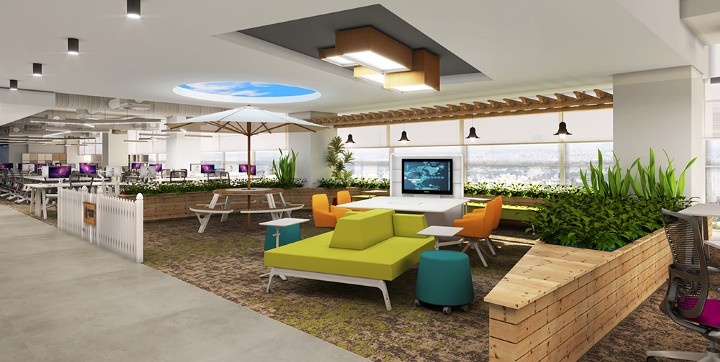
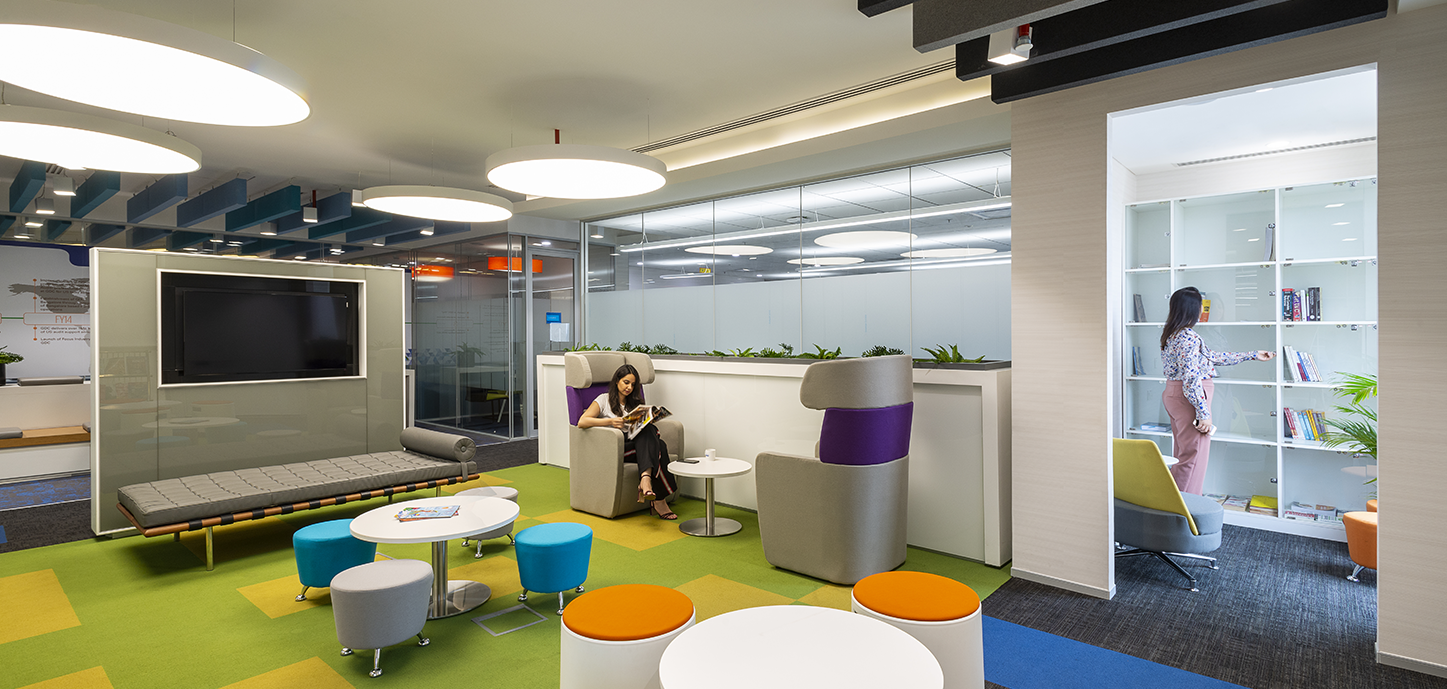
Stich from Disney's "Lilo and Stich" (clearly I am spending way to much time in my home office surrounded by my home learning children) said it best "ohana" - Nobody gets left behind! It is our responsibility as the new heroes of WPS and Design to ensure that we actually design for the four generations and are totally inclusive of their skills, diversity, race, religion and creed!
About the author: "I am an Interior Architect interested in changing the workplace for the better. I've always been interested in reflecting nature and the importance and weight in the use of materials in the built environment, in the people that will be using space and how they see the end result.
I am based in Australia with a long history of working with Global or International organisations. Working with adrianse* is amazing as we are able to constantly beat the forefront of 'new' design. Always imagining the future of the workplace. Always looking for innovation in work environments.
My passion in design is to work with, educate and push the boundaries in the psychology of design and the evolution and change of the built environment. I am passionate about moving the built environment to Circular Economies and reflecting nature on the inside through the use of natural materials and good versatile design. Listening to the requirements of the client and reflecting this in an unimagined way.
I think we have a long way to go in making not only beautiful environments but also healthy environments. I chose to try and change our thoughts behind traditional work environments. I feel now more than ever we have a responsibility to bring people together and work closely with organisations to challenge the thought of design. I feel a responsibility in this as we leave a legacy to our children."





